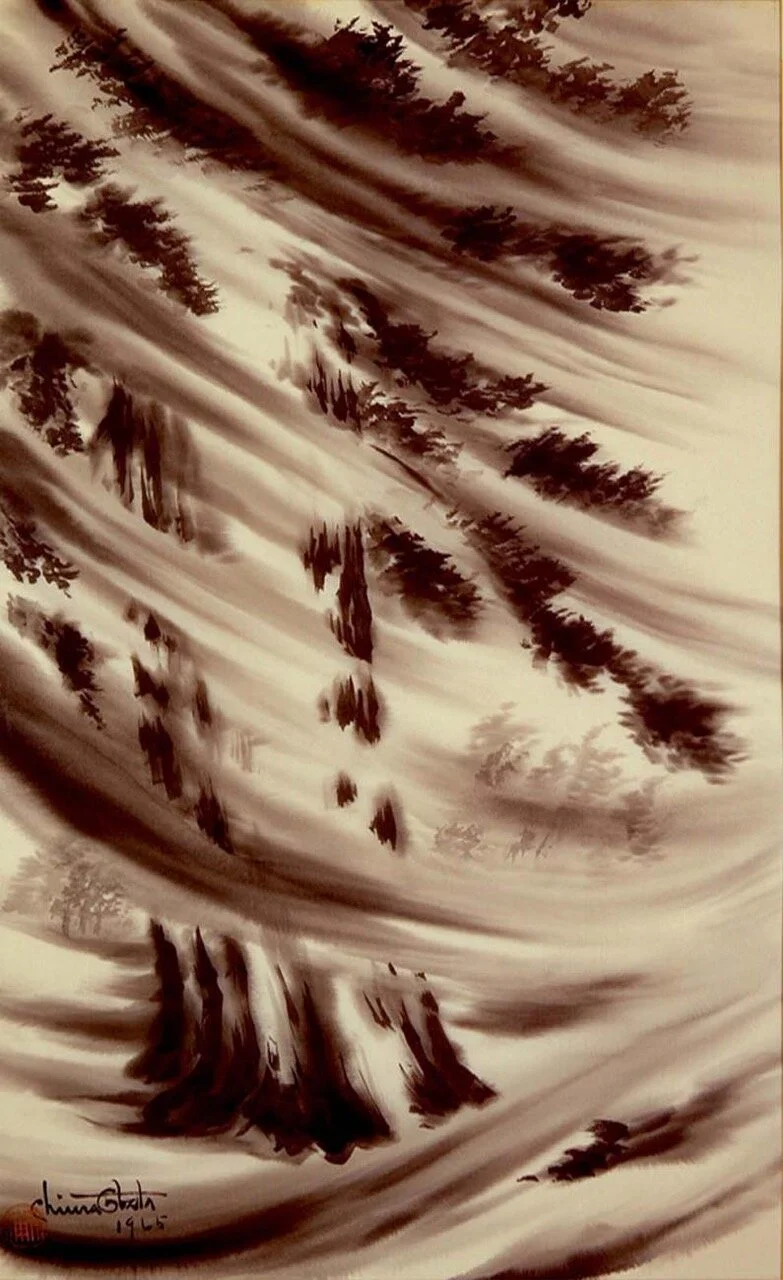As audiences are to performers, so too are readers to writers, often providing recommendations which lead to the writer’s improvement. Such has been the case with Anne Raftery. In addition to becoming a good friend and an essential visit on trips North (Connecticut), Anne has provided to us her poetry over some years, a glimpse of which Anne provides to you as one of our Guest Authors. Inspiring! Many thanks, Anne!
I felt a bit like the Karate Kid/“wax on, wax off” as I contemplated the prospect of being a guest blogger for Mary and Forrest’s online publication. Forrest has been “Mr. Miyagi to my Daniel” for the past 20+ years. Mary has been my guru as to how one lives a giving and caring life. To put an image to our relationship, she has been the “Dorothy to my Tin Man”. So with that in mind, I ventured with great trepidation into this opportunity but with an even greater feeling of privilege and honor that Forrest and Mary opened the door.
I could go back to the beginning and talk about how our friendship started and grew into what it is today, but I am led instead to the inscription written in my treasured copy of “The Sixty-Minute Poet” by Forrest W. Heaton:
Dear Anne
Fun with this is our wish for you -
Fun writing poetry your whole life through!
Love, Mary & Forrest
May, 2013
With those 17 words, I pivoted from my vision of writing the next great American novel or memoir and discovered the glory and gratification of poetry. I am not sure how family and friends feel about what the Heaton’s unleashed in me when they received my “work”, but it was a true gift to me to not only be inspired, but empowered to write.
I went through my catalog and picked out a few. Random in topic and when I wrote them, I went with my gut and here we go.
--------------
Forrest gave me an assignment in 2015 and this was the result. Felt like a good place to start. He asked me, “Why do you write poetry?”
I write a poem…
When I need to turn fireworks into one shining star.
When I need to turn a thundering waterfall into one raindrop falling onto a calm lake.
When I need to turn overwhelming sadness or grief into the sensation of peace and faith.
When I need to pray.
2/2015
This one spoke to how important it is to share what is in your heart with the people who are in your heart.
I heard there was a rainbow
I heard there was a rainbow
It brought joy to all around
But did you know where the rainbow ends?
My home, my heart, my soul
All because you let me know you saw a rainbow
9/2015
This came to me when I felt solutions to climate change, political strife, and general world discord were slipping through my fingers.
We said we would remember
We said we would remember
But then the sun came out
The ocean drew us back
The rolling hills called our name
We can’t leave this beautiful place
We can’t change the way we work
We can’t change the way we play
What we do can’t really hurt that much
When we head to the beach
When we are mesmerized by the mountain view
When we contemplate what’s next
We must remember
The good news – we are resilient
The bad news – we are resilient
We must look beyond ourselves
Our world is suffering
We said we would remember
We said we would learn from our mistakes
We said we would take more care
We said we would remember
9/2018
This was my first poem writing attempt after I got Forrest’s book, close in time to when my mother died.
She goes there
She goes there
When sleep overcomes her, she goes there
When life overwhelms her she goes there
When she needs a quiet place, she goes there
She prays that the next time, she will go there
Is there such a thing as without her?
There was alone, then there was with her
There was a flurry of children and he missed her when he remembered to
There was quiet, then, he was back with her
There is now deathly quiet, he is without her
Next
Is there a thought behind giving up?
Is there a dream behind moving forward?
Is there time to think?
Is there space to dream?
6/2013
Anne and Mary at Abbott’s Lobster in the Rough, Noank, Connecticut, 4 June 2015


















